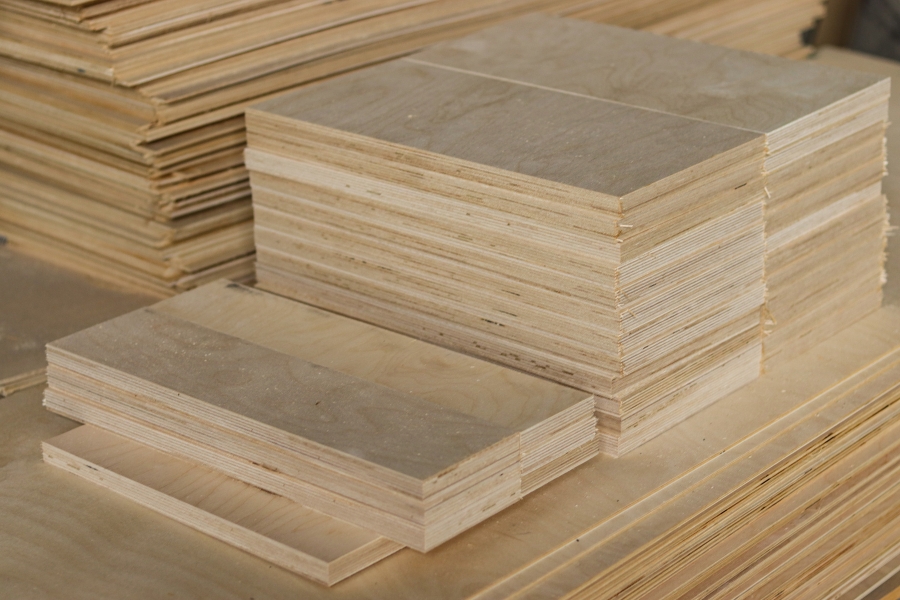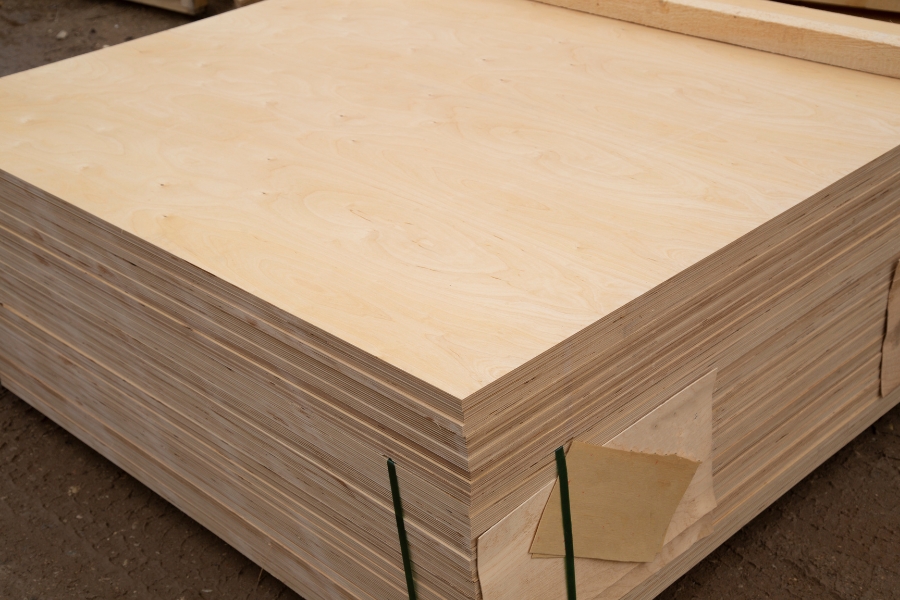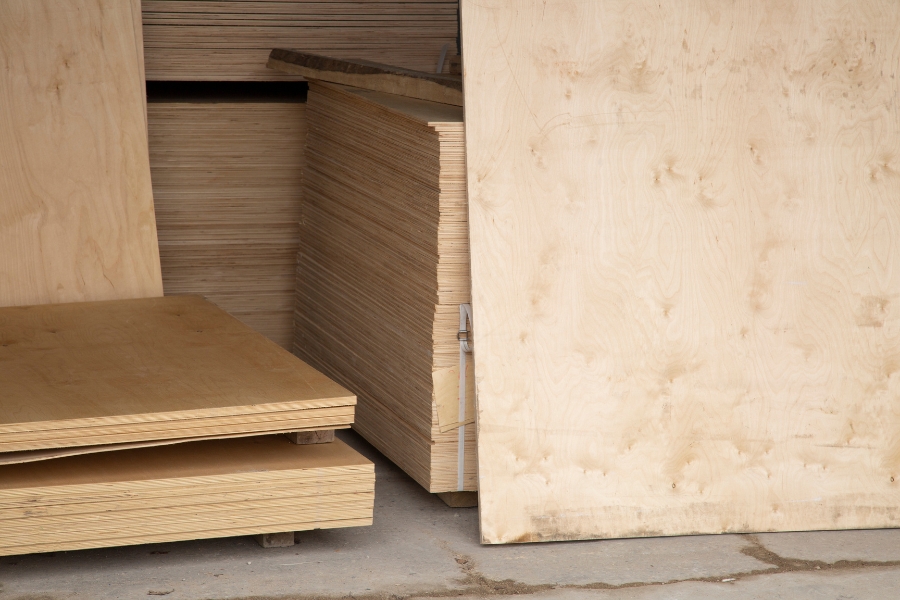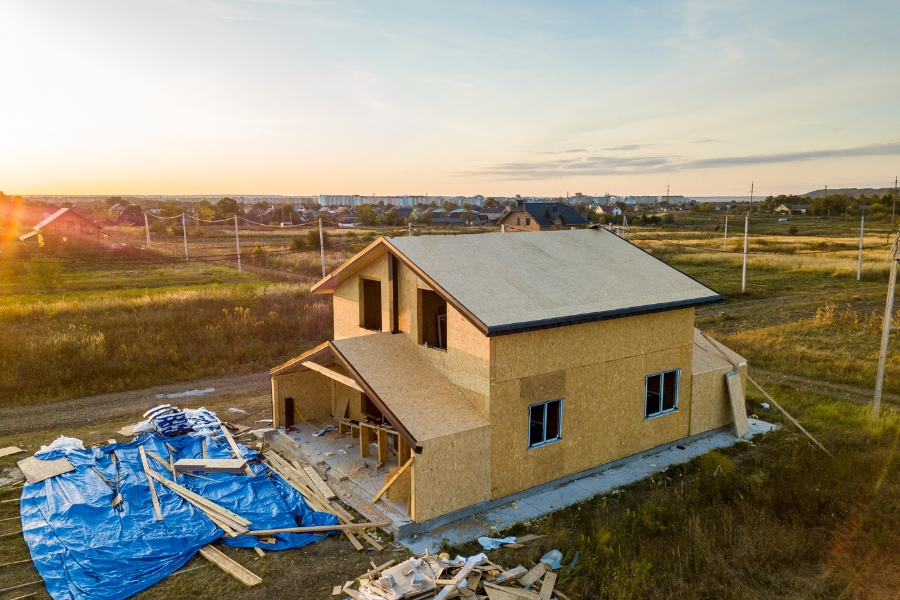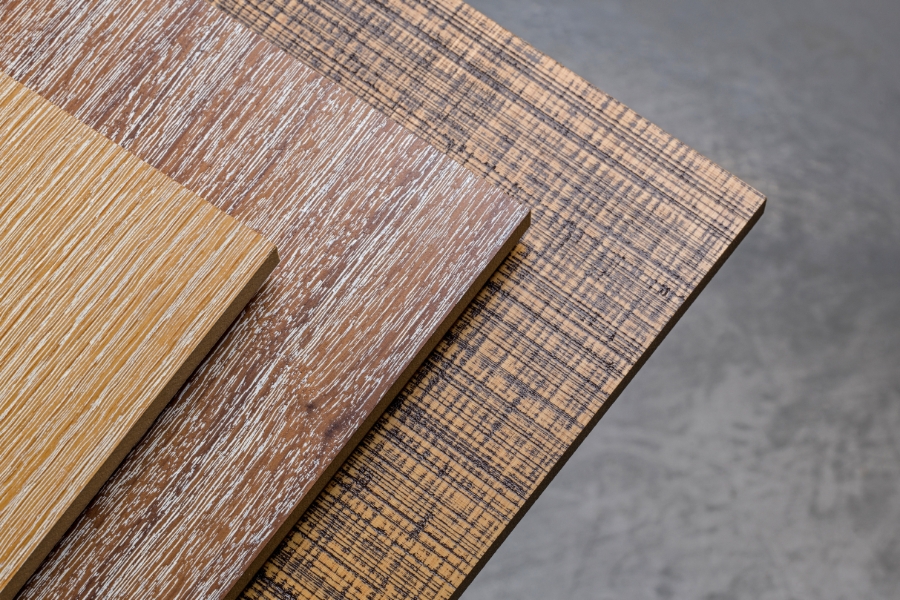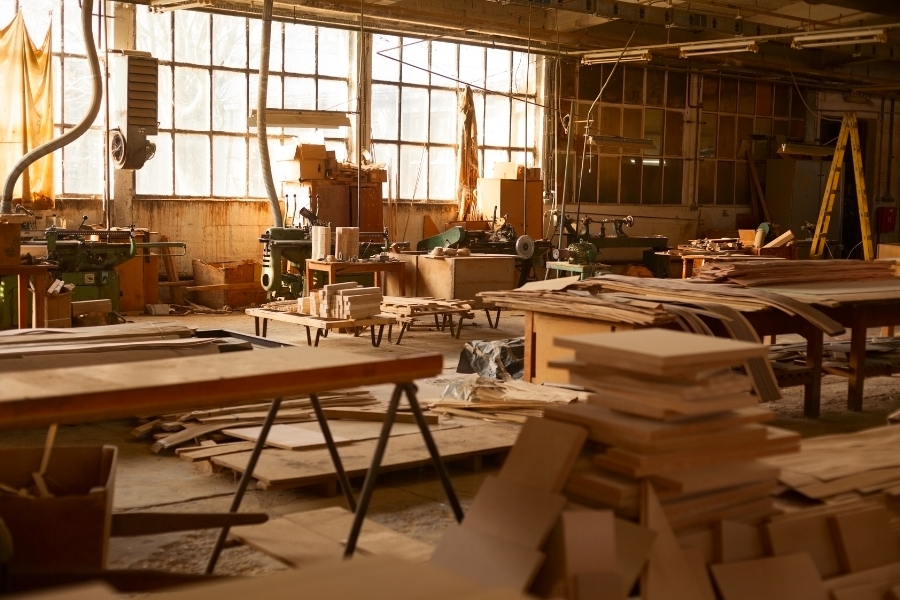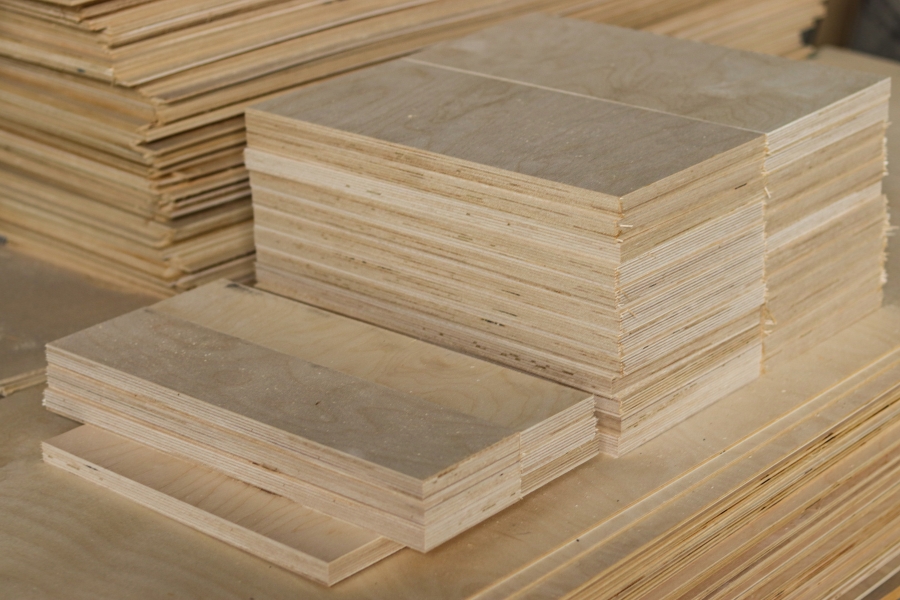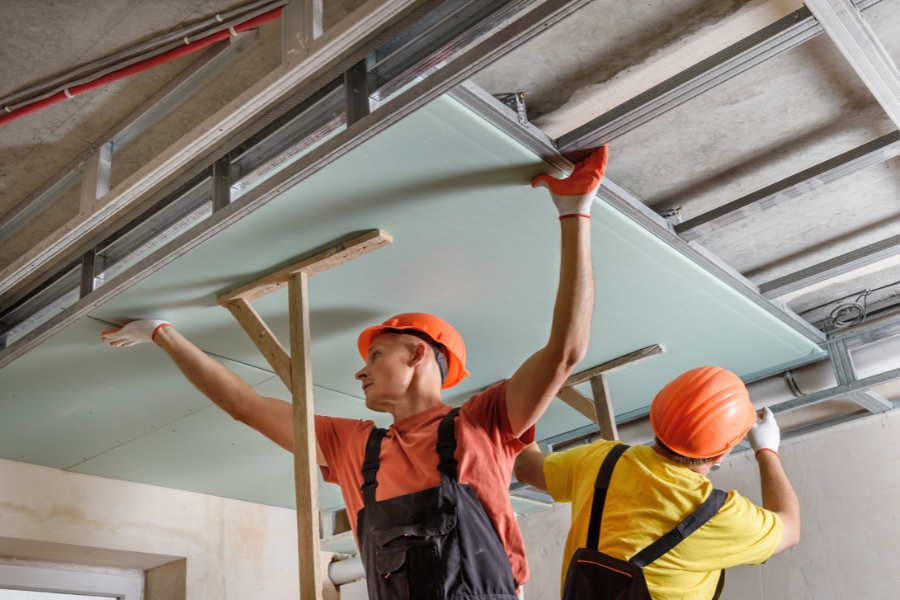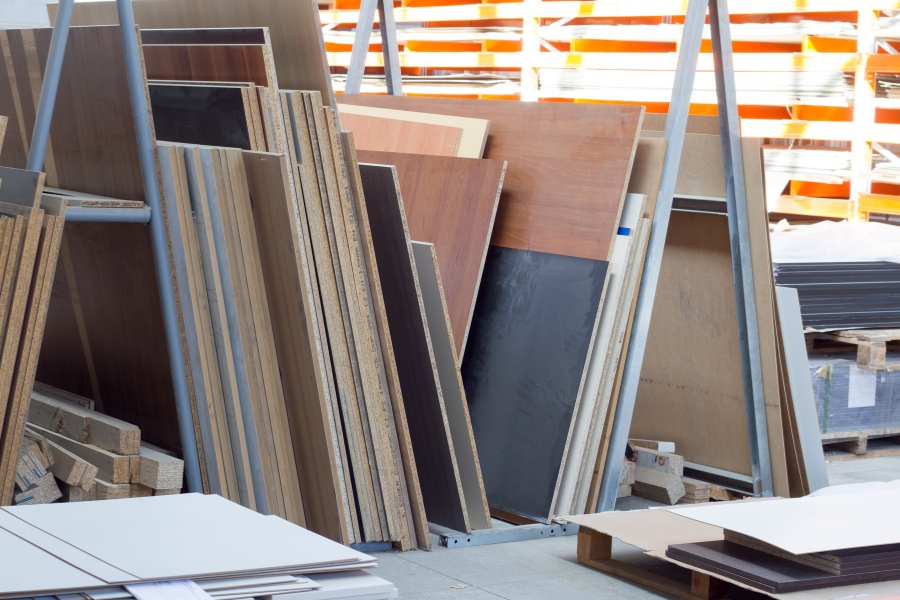If you are new to woodworking or building materials, plywood is probably the most common material you will encounter. This material is very popular because it is relatively affordable, easy to find, and can be used for a variety of purposes, from furniture and ceilings to home decorations.
The problem is, many beginners are often confused because there is more than one type of plywood. There are thin, thick, strong, flexible, and even premium quality types. So, to avoid making the wrong choice and ending up with subpar results for your project, this discussion will serve as an easy guide to understanding the various types of plywood and tips for choosing the right one for your needs!
Guide to Choosing the Right Type of Plywood
Choosing the right plywood is not just about price or appearance, but also suitability for your project needs. So, let’s follow this practical guide to determining the best type of plywood for your needs!
1. Know Your Project Needs
Before buying, first determine the purpose of using plywood. Is it for furniture, wall partitions, crafts, or construction needs such as formwork? Each type of project requires different material characteristics. For example, furniture requires a smooth surface with a quality veneer coating, while outdoor construction is more suitable for using moisture-resistant plywood so that it is not easily damaged.
2. Understand the Different Types of Plywood
There are several types commonly used in the market, such as plywood, multiplex, blockboard, and MDF. Plywood is known for its strength due to its cross-laminated wood layers. Multiplex has a uniform thickness, making it a popular choice for high-quality furniture. Blockboard has a solid wood core, making it lighter yet sturdy, suitable for doors or tables. Meanwhile, MDF (Medium-Density Fiberboard) has a very smooth surface and is ideal for painting, although its water resistance is quite low.
3. Pay Attention to Thickness and Quality
The thickness of plywood affects the strength and stability of the final result. Choose a thickness that suits the workload, for example, 3 mm for light crafts or 18 mm for constructions that require extra strength. In addition, check the quality of the glue between the layers. For damp areas such as kitchens or bathrooms, use plywood with waterproof glue (Water and Boil Proof/WBP) so that the layers do not peel off easily.
4. Adjust Your Budget
Plywood prices vary greatly depending on the type of wood, thickness, and glue quality. For example, plywood made from hardwoods such as meranti is usually more expensive than that made from softwoods. For simple projects, standard quality plywood is sufficient. However, if you prioritize long-term durability, choosing premium plywood would be a wiser investment.
Well, that’s a guide for those of you who are still beginners in choosing plywood. The point is, don’t just focus on price or appearance, but also make sure that the quality and type of plywood suit the needs of the project. That way, the end result will not only be neat and aesthetic, but also durable for long-term use.
So, from now on, you don’t need to be confused anymore. Just determine your needs, understand the types, check the quality, and then adjust it to your budget. The point is, choose the right plywood so that the project can run smoothly and the results are maximized!
For a place that provides various types of wood and plywood with reliable quality, Hojaya is the right choice! As a distributor of wood materials for all needs, we offer many material options ranging from plywood, blockboard, MDF, to various other types of processed wood that can be tailored to your project needs.
Come on, visit Hojaya now and choose the right plywood product for your project!

